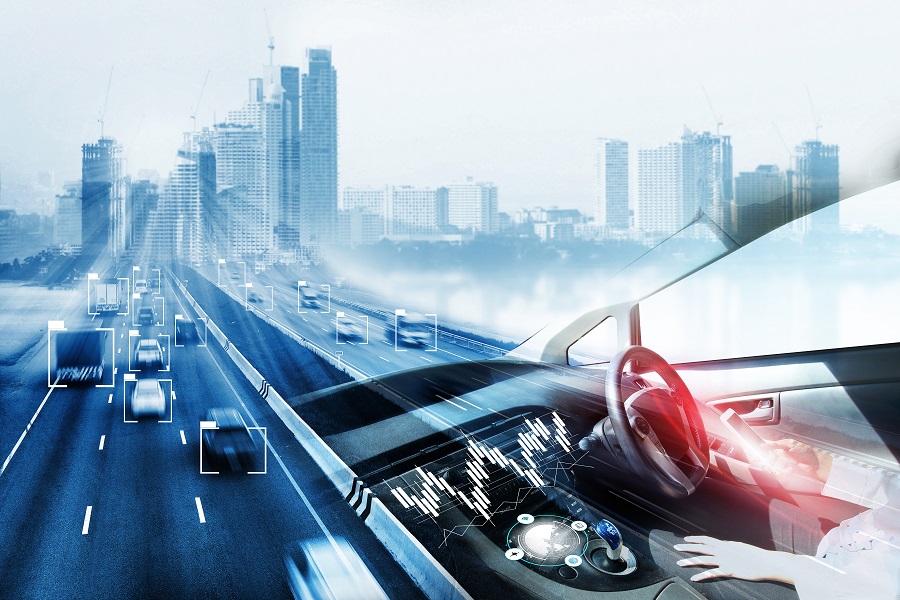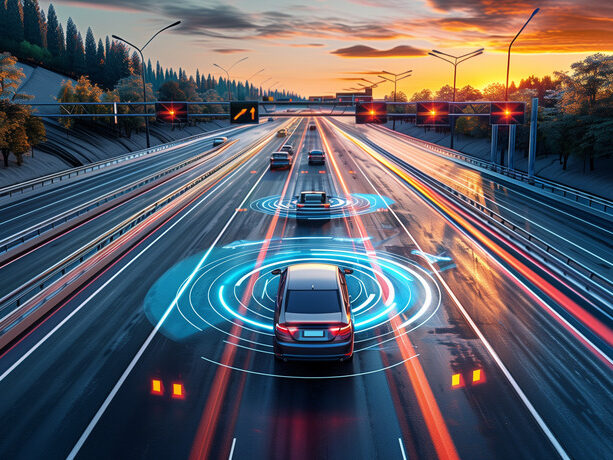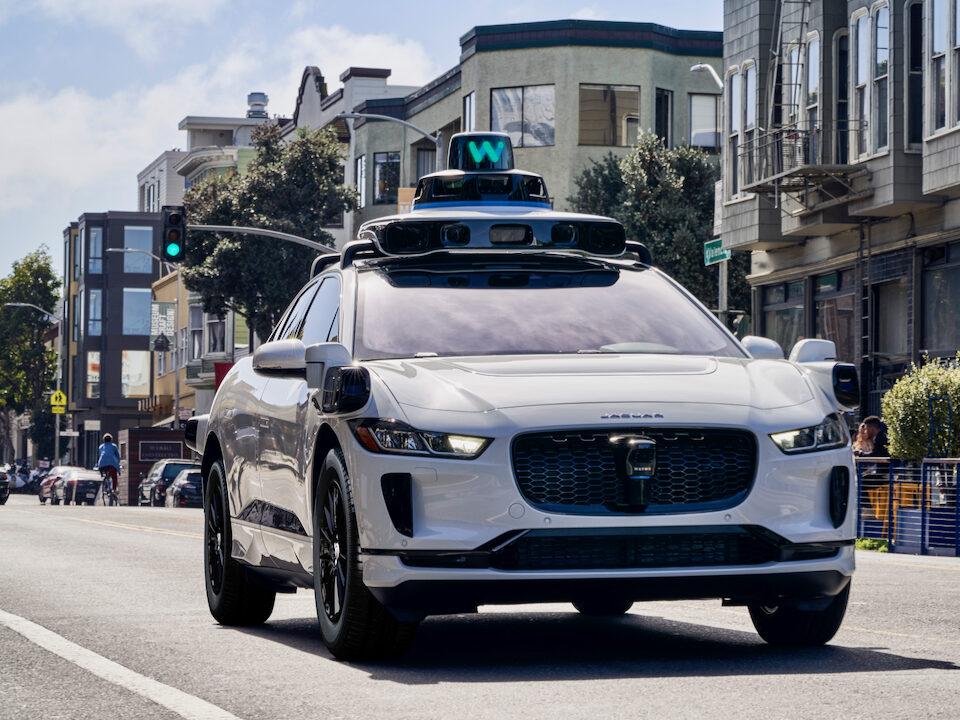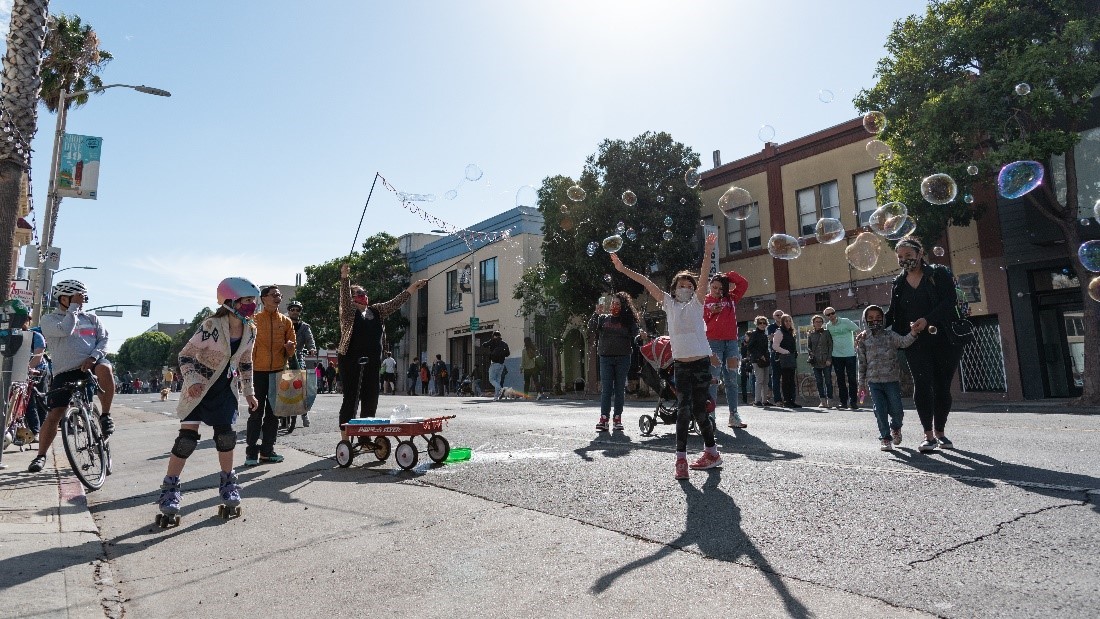New research from the University of Minnesota outlines how careful planning for the introduction of autonomous vehicles (AV) could help make US cities more liveable and equitable.
The rollout of fully driverless cars in the US is currently being driven by car manufacturers and ride-hailing companies, such as the collaboration between Lyft and Motional to launch autonomous robotaxis in Las Vegas.
However, researchers at the University of Minnesota believe that without public input, this market-driven approach could worsen traffic congestion, sideline public transit and increase social inequities. It could also negatively impact state and local budgets due to revenue loses from sources such as taxes and parking.
Consequently, the university’s study, funded by the National Science Foundation, has examined the potential of shared automated vehicles (SAVs) as a solution to promote rather than reduce equity.
Principal Investigator, Zhi-Li Zhang from the College of Science and Engineering said:How can local communities leverage emerging technology? Ridesharing companies have the data now to know how people move around. TNCs are using public roads, so there should be a benefit to the public from the data. Let’s put this money back into the community.
Throughout the study, an interdisciplinary team examined how SAV networks could work and how they would impact society.
The researchers used a hypothetical SAV system based on Minneapolis–St. Paul to explore scenarios for SAV adoption. They identified issues that policymakers, planners and mobility-on-demand companies would have to address to create an integrated and beneficial system of SAVs.
The study developed several conclusions:
- SAV systems are feasible, and possibly very beneficial in communities such as the Twin Cities
- SAV systems could strengthen, rather than weaken existing transit systems by providing a cost-effective service on low-ridership routes
- SAV systems have the opportunity to address the nation’s transportation equity issues
In particular, the study found that SAVs could be combined with existing public transport to serve low-ridership routes, while trains and buses continue to operate in densely populated areas. The cost savings from removing large low-ridership buses could then be invested in high-ridership routes to attract more demand and increase the quality of service.
The study thus concluded that AVs had the potential to transform transportation services and improve mobility for many people.
Co-principal Investigator Yingling Fan, a professor in the Hubert H. Humphrey School of Public Affairs said:Well-designed, communities employing pools of SAVs of varying sizes with efficient connections to high-quality public transit could bring about far-reaching societal change — providing inexpensive mobility services to all people, building stronger family and community ties, and boosting economic productivity and equity by removing mobility as a constraint.
However, the researchers emphasised that promoting equity depended on important decisions, including work from policymakers and planners in preparing for this technology.
For example, cities should start to plan how street parking and garages could be repurposed for green space and affordable housing.












